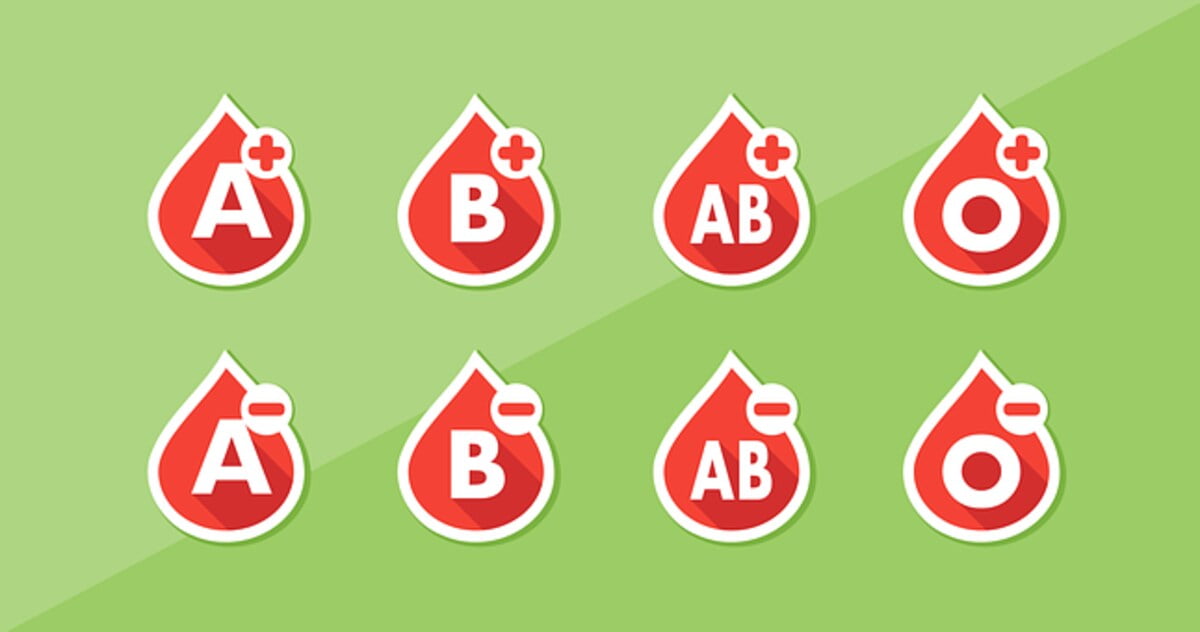O blood
The O blood type is one of the most common blood types. Its positive characteristics make it the safest blood type for transfusion, except in severe emergencies when a shortage of matching blood type is urgent. The lack of antibodies to the A, B, and Rh antigens in the blood makes it an ideal transfusion. This blood type is often referred to as “Cool Blood.” Donors of this blood type are considered heroes for babies. They are the safest blood type for newborns with immune deficiencies.
O+ blood is the most common blood type in China, India, and Central Asia. This blood type is also common in some West Asian countries. The O+ blood group is the most common worldwide, with about 39% of the population carrying this type. On the other hand, blood type AB+ blood is relatively uncommon, with less than four percent of the population carrying this blood type.
The O blood type is also the most common in the U.S., with nearly 40% of the population being positive. As a result, hospitals often transfuse type O+ blood more often than any other type. O-positive blood donations come in different forms, including double or whole red blood cells, platelets, and plasma. Blood donors with type O+ can receive type O+ red blood cells and platelets, and patients with type O blood can only receive plasma.
ABO system
The ABO system for common blood types is one of the most essential and well-known systems of blood groups. Karl Landsteiner first discovered it in the early twentieth century at the University of Vienna, Austria. He wanted to understand why blood transfusions sometimes kill people and sometimes save them. He eventually won the Nobel Prize for his discovery.
The ABO system for common blood types is based on the occurrence of a specific antigen on the surface of red blood cells. These antigens are made up of protein and amino acid structures throughout the body. These antigens help the immune system recognize foreign objects in the bloodstream. The immune system constantly scans the bloodstream for potential invaders.
ABO blood group compatibility is crucial in any blood transfusion. It prevents severe complications by ensuring that the recipient does not have the wrong blood type. Donating blood is a great way to help others, but the wrong blood type can be life-threatening.
A.B. system
The ABO blood group system classifies human blood based on the presence of antigens A and B in red blood cells. A person can donate blood to anyone with the same blood type or can choose to be matched with another person with the same blood type. Karl Landsteiner first described the ABO system in 1901.
There are many benefits of knowing your blood type. First, it can help you protect yourself from infections and other diseases. Fortunately, the majority of blood types are compatible with one another. This makes it much easier to share blood and prevent disease. The AB system is the most common blood type, but some differences can occur.
Blood types can differ widely depending on race, ethnicity, and region. For example, blood types A, B, and O are found in about 33% of the Caucasian population, 24% of Asians, and 29% of Latinos. On the other hand, a negative blood type is rarer than the other types and only occurs in 2% of the Caucasian, Asian, or Latino population.
A.B. negative blood
Blood types are determined by the presence of specific antigens (molecules on the surface of red blood cells) and the presence or absence of a factor called the Rh. The most common blood types are A, B, and O positive. A.B. negative blood type is the least common, occurring in only two percent of Caucasian people and one percent of African Americans, Asians, and Latino Americans.
The AB-negative blood type is one of the rarest in the United States, but it can be treated successfully with red blood cells from all harmful blood types. Unfortunately, this type is the minor common blood type among American adults, and finding donors is challenging. Nevertheless, the plasma produced from an A.B. negative donation can save lives. However, only male donors can provide fresh frozen plasma because women develop life-threatening antibodies for transfused patients. This makes the management of A.B. negative blood different from flood types.
Knowing your blood type can help you avoid specific cancer and heart diseases. It can also predict a person’s susceptibility to COVID-19 and malaria. Additionally, it can determine their eligibility to donate blood during blood shortages. This is because your blood type contains antibodies, coagulation factors, and other proteins to fight infection and other diseases.
